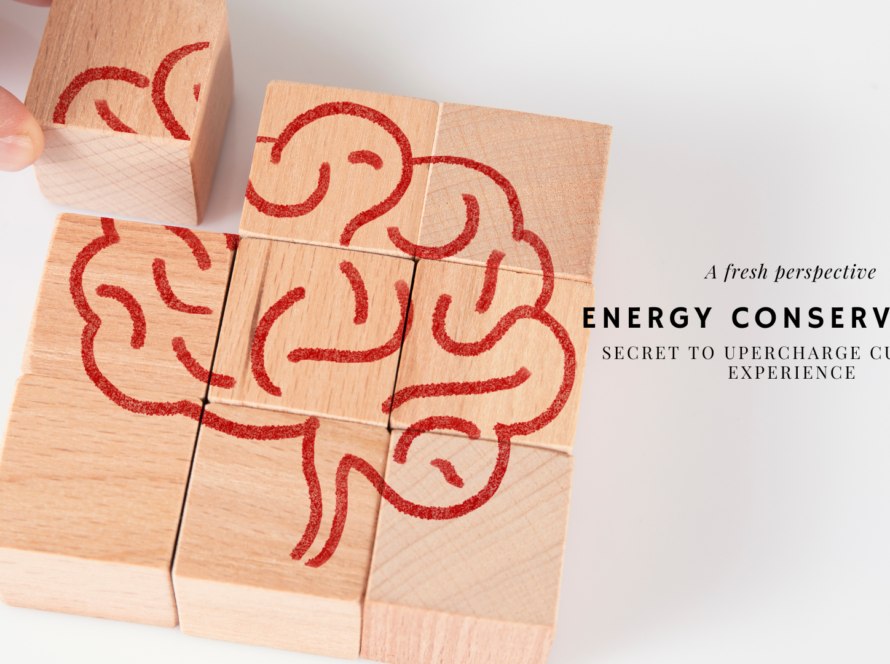
Introduction
Think energy conservation is just about eco-friendly habits? Think again. In branding building, it’s about saving your customers’ mental energy to supercharge their experience. This innovative twist on conservation transforms interactions into effortless engagements. Let’s explore how this strategy can energize your brand’s appeal.
The backdrop
The challenge for a brand designer lies in understanding how design influences memory registration—whether it leaves a lasting impression or fades into oblivion. Understanding the necessity for conservation in branding requires grasping two critical aspects of human cognitive function.
- First, modern life’s complexity imposes severe time constraints, making efficient decision-making crucial—not just for convenience, but for psychological and physical well-being.
- Secondly, the human brain, although only making up about 2% of body weight, consumes a staggering 25-30% of our energy. This highly active organ continuously processes vast amounts of information and must optimize energy by distinguishing between tasks that require conscious effort and those that can be managed subconsciously.
How Branding Influences Decision-Making
Decision-making is at the core of choosing one brand over another. Stimuli, ranging from advertisements to personal recommendations, trigger decisions. The brain’s response, depending on whether it categorizes the experience as positive or negative, significantly impacts brand perception.
So brands provide the much needed shortcut to decision making. The deeper the relationship with a brand, easier to retrieve information about the same for the sub-conscious mind when need arises. As explained by neuroscientists, short term memories are temporary in nature and can easily be replaced with new ones. It is the long term memory that persists and lingers longer.

The Psychological Impact of Branding
Adding on to this, we cannot ignore the role of emotions in decision making. Interpreted physiologically as a play of hormonal levels in the brain, it affects mood. Over a period of time it influences formation of biases and several other factors that can influence a customer’s associations with a product, leading to choices one makes.
Now all these are great pointers that a brand developer can take note of, when it comes to shaping the brand narrative that connects.
Positive experiences become easily retrievable memories, tipping the scales in a brand’s favor. By contrast, negative experiences lead to avoidance. Thus, a brand that consistently triggers positive emotional responses conserves cognitive energy and gains a competitive edge through loyalty and reduced decision fatigue.
Conclusion
The goal is to create a brand experience so positive that it becomes a favored memory, easily recalled and associated with good feelings. This cognitive conservation not only simplifies decision-making but also fosters brand loyalty, turning satisfied customers into brand ambassadors.



